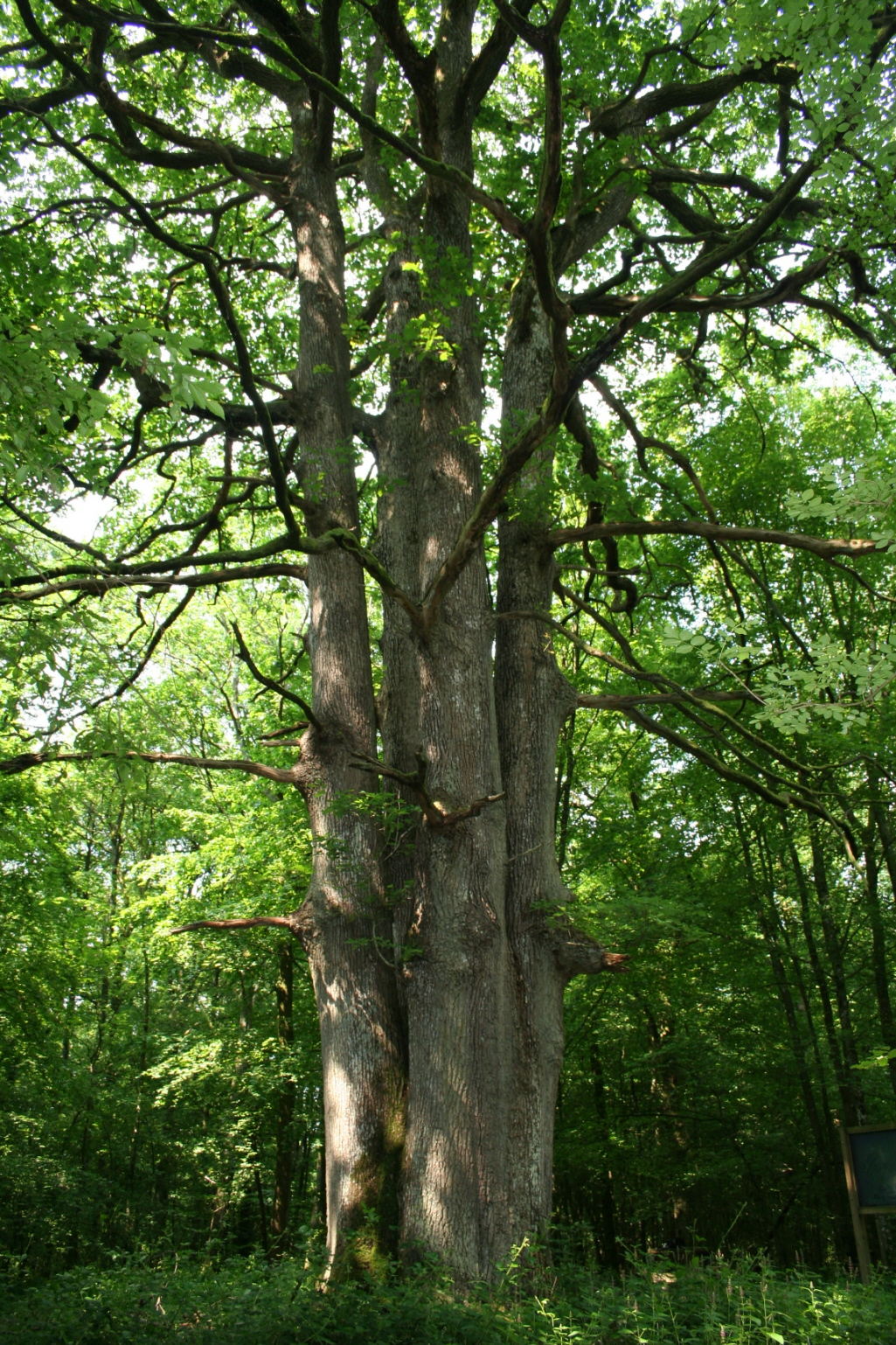 |
| Sessile Oak. |
"All The Raven’s Disciples," by John Grover in Silver Blade.
Set in pre-Christian, Celtic Britain, "All The Raven’s Disciples" tells the story of Ceridwen's struggles to free her sister Seren from the abusive tyranny of her husband, the warrior Angor. Ceridwen calls on the goddess Morrigan to arrange Angor's death. Morrigan is a female figure from Irish mythology who often appears as a crow and is an analogue to the Germanic Valkyries. Ceridwen's people, the Dumnonii, are involved in a protracted war with the Brigantes, another Celtic tribe, over rights to the valuable tin mines in southern Britain. Unbeknownst to Ceridwen, Angor has also made some sort of pact with Morrigan to aid him in battle with his enemies. Grover tells the story from both Ceridwen's and Angor's perspectives although Ceridwen is clearly the protagonist. Seren cautions Ceridwen against invoking Morrigan's aid but Ceridwen's ignores all the warnings and dangers, believing that Angor's death will deliver Seren from her unhappy union. Ceridwen ultimately gets her wish, but not in the way she expected and Morrigan exacts a heavy toll on Seren. The pagan deities do not freely give their assistance. Grover's depiction of Ceridwen's meeting with Morrigan is well done, visually memorable.
"The Trees of Angar Forest," by Scott Appleton in Mindflights.
In "The Trees of Angar Forest," Appleton presents a fresh look at sentient trees. The story centers on a young man named Phillip, who wishes to marry Angeline. According to the traditions of his people, a young man cannot marry until he wrestles a tree in Angar Forest and returns with lumber to build a new house for his bride. An ambitious young lad, Phillip selects the largest and most ancient oak that he can find. After a bout that appears to end in a draw, the tree asks him to describe his love for Angeline. Phillip prattles on in praise of Angeline for three hours. As expected, the tree listens patiently. In an unexpected move, the tree grabs Phillip and cuts out his heart. The scene shifts to the village, where Angeline worries, waiting for Phillip's return. The trees of the forest assist the giant oak as it snatches Angeline and carries her deep into the magical forest. The lovers are reunited, but Phillip is crippled without his heart, which the tree holds in its branches and squeezes to inflict great pain on him. The tree is unwilling to give up its life for just any love and pushes Phillip and Angeline to the limit to test the quality of their affection. The tree is neither good nor evil, but an independent character with its own agenda and set of morals. It sees no wrong in killing Phillip and Angeline as they see no great wrong in killing it. "The Trees of Angar Forest" is a very sad tale. The death of the oak is necessary for the continuance of life in the village and one hopes that the tree, being magical, will live on in the timbers of their home, providing wisdom to its occupants, but Appleton suggests that is not to be.
Picture Credit: Jean-Pol Grandmont. Licensed under the Creative Commons.
No comments:
Post a Comment